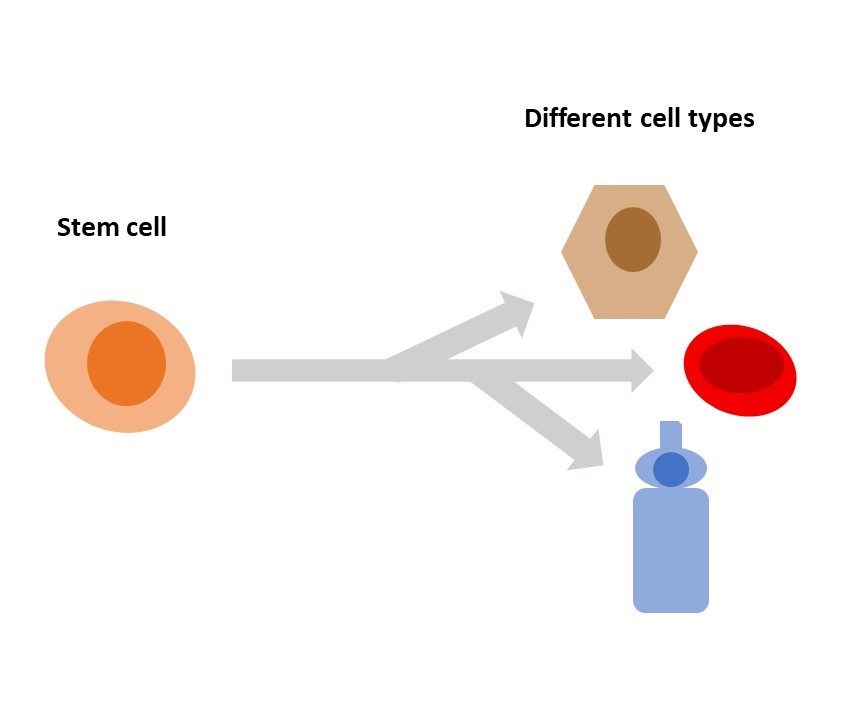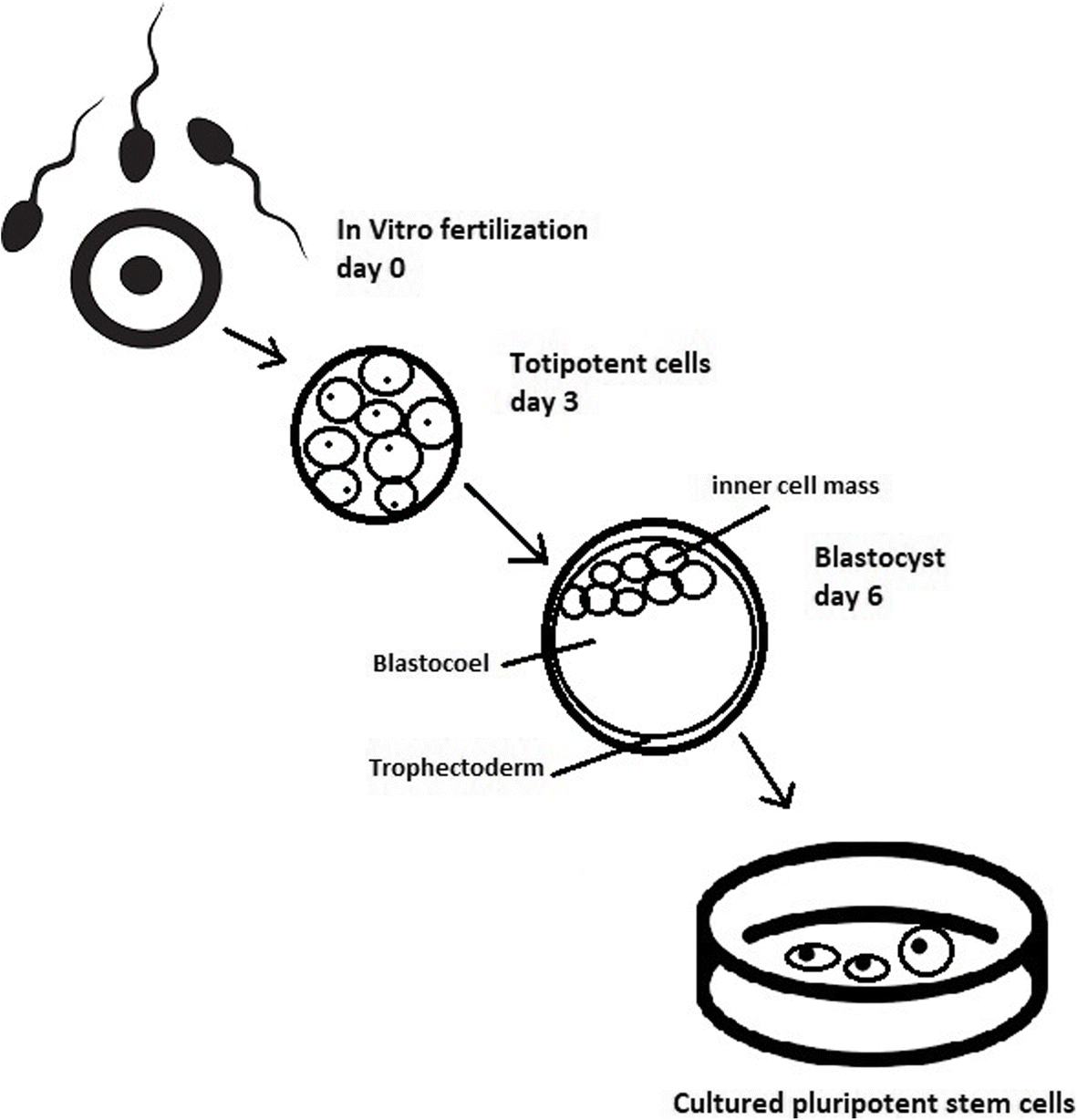
[/image][=video]
[/video]
There are several types of stem cells. Generally, the term stem cell describes a classification of cells that generate other cells (like skin, blood, heart, and muscle mass cells) by reproducing and separating in action to chemical signs. Totipotent stem cells appear at the earliest phase of advancement and are the only stem cells which can create embryonic stem cells and the placenta.
Bone marrow transplant (BMT) is an unique treatment for people with particular cancers cells or various other diseases. A bone marrow transplant involves taking cells that are generally found in the bone marrow (stem cells), filtering system those cells, and providing them back either to the benefactor (patient) or to one more person. The goal of BMT is to transfuse healthy bone marrow cells right into a person after his/her own undesirable bone marrow has actually been dealt with to eliminate the unusual cells.
Bone marrow is the soft, spongy cells found inside bones. It is where a lot of the body's blood cells create and are kept. The blood cells that make various other blood cells are called stem cells. One of the most primitive of the stem cells is called the pluripotent stem cell. This is different than other blood cells when it come to the complying with residential properties: It is able to duplicate an additional cell similar to itself.
It is the stem cells that are required in bone marrow transplant. The goal of a bone marrow transplant is to heal lots of diseases and kinds of cancer. When the dosages of chemotherapy or radiation required to heal a cancer cells are so high that a person's bone marrow stem cells will be permanently harmed or damaged by the treatment, a bone marrow transplant may be needed.
Medical Group
This process is typically called rescue. Replace bone marrow with genetically healthy operating bone marrow to stop more damage from a hereditary disease procedure (such as Hurler's disorder and adrenoleukodystrophy). The risks and advantages need to be evaluated in a thorough conversation with your doctor and professionals in bone marrow transplants prior to the treatment.
There are various sorts of bone marrow transplants depending upon that the benefactor is. The various kinds of BMT consist of the following: The donor is the individual himself or herself. Stem cells are extracted from the patient either by bone marrow harvest or apheresis (a procedure of accumulating peripheral blood stem cells), icy, and then repaid to the patient after extensive therapy.
The donor shares the same genetic kind as the patient. Stem cells are taken either by bone marrow harvest or apheresis from a genetically matched donor, usually a bro or sis. Other contributors for allogeneic bone marrow transplants may consist of the following: A haploid-identical suit is when the donor is a parent and the genetic suit goes to the very least half identical to the recipient.

Matching entails keying human leukocyte antigen (HLA) tissue. The antigens on the surface of these special leukocyte identify the genetic makeup of a person's body immune system. There are at least 100 HLA antigens; nevertheless, it is thought that there are a few major antigens that determine whether a donor and recipient suit.
Medical study is still checking out the duty all antigens play in the process of a bone marrow transplant. The even more antigens that match, the better the engraftment of donated marrow. Engraftment of the stem cells happens when the given away cells make their method to the marrow and begin making new members cells.
Menopause Treatment
All people function together to give the finest chance for a successful transplant. The group includes the following: Medical care carriers who specialize in oncology, hematology, immunology, and bone marrow hair transplant. A nurse who organizes all elements of care given before and after the transplant. The registered nurse coordinator will certainly give person education, and works with the diagnostic screening and follow-up treatment.
Professionals that will certainly aid you meet your nutritional requirements prior to and after the transplant. Numerous other group members will examine you before hair transplant and will offer follow-up treatment as needed.

A full case history and physical exam are carried out, consisting of several tests to evaluate the patient's blood and body organ features (for instance, heart, kidney, liver, and lungs). A patient will commonly enter into the transplant facility up to 10 days prior to transplant for hydration, examination, placement of the central venous line, and other preparations.
For an allogeneic transplant, a suitable (tissue entered and matched) benefactor needs to be available. Volunteer marrow benefactors are registered in several national and international computer system registries.
Donor sources readily available include: self, sibling, parent or loved one, nonrelated person, or umbilical cord from an associated or nonrelated person. There are national and worldwide pc registries for nonrelated individuals and cable blood. Some member of the family may be typed due to the desire to aid. These relatives may or might not choose to have their type signed up for use with other receivers.
Regenerative Therapy
Examinations connected to his or her wellness, exposure to viruses, and hereditary analysis will be done to determine the level of the match. The donor will certainly be offered directions on exactly how a bone marrow contribution will be made. When a suit for an individual requiring a bone marrow transplant is discovered, then stem cells will be collected either by a bone marrow harvest.
Or by a peripheral blood stem cell collection. This is where stem cells are collected from the circulating cells in the blood. Of both, peripheral blood stem cell contributions are currently a lot more common. Cord blood has already been accumulated at the time of a birth and stored for later use.
Navigation
Latest Posts
Perimenopause Treatment
Menopause Treatment
Regenerative Therapy